TABLE OF CONTENTS
Cannabis is traditionally divided into sativa, indica, and hybrid strains.
Sativa strains generally are used during the day and indica strains are reserved more for night time use. Hybrid strains are usually a balanced mix of effects.
Despite these generalizations, there’s so much variety in effects within strains based on the quality of the genetics and the growing conditions, among other consumption factors.
If you’re wondering whether an indica strain is an upper or downer, there is no definitive answer. Instead, you’ll have to carefully examine your strain’s complete chemical composition to determine its effects.
What Is An Upper And Downer?
Upper and downer is an informal term used to describe drugs that are stimulants and depressants, respectively. Let’s break down each drug classification to understand which category cannabis, and indica strains, fall in.
Depressants
Depressants such as alcohol and barbiturates can slow down your cognitive function. In particular, they are known to have the following effects:
- Induce sleep
- Relieve anxiety
- Relieve muscle spasms
- Prevent seizures
Barbiturates, a type of depressant, can lead to dependence and tolerance leading to increasingly higher doses that can cause coma or death. Benzodiazepines are an alternative to barbiturates although they can still lead to tolerance and dependence.
Similar to these depressants, a person can develop a tolerance to weed and dependence in certain cases. In terms of short-term side effects, cannabis use can cause short-term memory loss and dizziness.
Stimulants
Stimulants such as cocaine, methamphetamine, and ADHD drugs are used to elevate your mood and increase your focus, the complete opposite of downers. Uppers are known to have the following effects:
- Increased levels of dopamine in the brain
- Increased alertness
- Increased energy
- Increased heart rate and blood pressure
Because they can cause instant euphoria, some people may frequently abuse the drug to sustain the increased energy levels and focus.
While the short-term effects can be exhilarating, long-term use can lead to severe consequences including addiction, disruption of the dopamine system, and the inability to feel pleasure.
Cannabis can have similar stimulating effects, although some low-tolerance users may experience anxiety and paranoia if they take too much. Users can also start to depend on weed for mood elevation.
Hallucinogens
Other drug classifications include hallucinogens such as LSD, MDMA, peyote, and psilocybin, as well as dissociative drugs such as PCP, which alter your perception of reality by affecting your brain’s nerve messaging and causing hallucinations.
Hallucinogens can be found in plants and fungi or be synthetically made in a laboratory. When on these drugs, individuals may report seeing images, hearing sounds, or even feeling sensations that are not really there. In addition, they may experience intense mood swings.
Cannabis is mainly known for its hallucinogenic effects. Generally, these mild symptoms distort time and space. It can also affect a person’s motor skills and increase their heart rate.
Opioids
Opiates such as heroin, painkillers, fentanyl, and morphine are another class of drugs that reduce pain and produce intense euphoria. Opiates are known as some of the most addictive substances in the world.
Because they produce intense relaxing effects, opioid painkillers have a high risk of abuse and addiction.
Cannabis is a popular alternative or supplement to opioids. Using cannabis can reduce dependence on these drugs and lower the risk of addiction.
What Type of Drug Is Cannabis?
So, what type of drug is marijuana? In particular, what are indica weed strains classified as: stimulants, depressants, hallucinogens? It’s hard to say.
Cannabis strains affect everyone differently based on metabolism, genetics, frequency of use, and other consumption habits. To complicate matters, strains vary in effects based on their cannabinoid and terpene content.
Weed, in general, can technically be classified as a depressant, stimulant, and hallucinogen, all in one. For this reason, it is important to understand the components of cannabis buds and how they interact with the body to have a safe and effective experience.
Indica vs. Sativa: What’s The Difference?
Conventional weed classifications separate strains as sativa, indica, or a hybrid of both strains. Each type of strain has unique effects that can make a person feel uplifted, relaxed, or a balance of both feelings, respectively.
Many of today’s strains sold in dispensaries, however, have been bred from a mix of sativa and/or indica strains, effectively, blurring the line between pure sativa strains and pure indica strains.
Nowadays, almost every strain is a hybrid, although, a particular strain may lean towards certain indica or sativa effects.
These weed categories can be a starting guideline when choosing the right type of strain for you but you shouldn’t entirely depend on these categories to choose your strain of choice.
Pay Attention To The Terpenes
Scientific research is slowly uncovering the therapeutic potential of terpenes, especially in whole-flower cannabis products. Whole-flower, also known as full-spectrum, products contain the strain’s original chemical profile including its natural cannabinoids, terpenes, and flavonoids.
Terpenes are the fragrant compounds produced in the plant’s trichome glands. While more research is needed into the effects of terpenes and cannabinoids on the body, studies suggest terpenes can improve the medicinal effects of cannabis in a phenomenon known as “the entourage effect.”
Terpenes may play an important part in determining if cannabis strains are downers or uppers.
Depending on the terpene thye have been known to help you relax.
Are Cannabinoids Uppers Or Downers?
When determining whether an indica strain is an upper or downer, cannabinoid concentration and dose are crucial factors to keep in mind.
Cannabidiol (CBD), especially in large doses, is believed to have sedative properties. While on the other hand, Tetrahydrocannabinol (THC) can have stimulating properties.
The synergistic interaction between cannabinoids and terpenes plays an important part in determining whether an indica strain is an upper or downer.
Low and high doses of strains can also affect your high. For example, microdosing THC can help some people relieve anxiety, but higher doses of the compound can increase their anxiety.
In addition, the concentration and ratio of cannabinoids can affect whether a person feels stimulated or relaxed.
For instance, a balanced 1:1 ratio of CBD:THC can reduce many of the negative side effects of THC such as paranoia and anxiety due to CBD’s balancing properties. Strains with higher CBD percentages tend to reduce the hallucinogenic effects.
Everyone Experiences Indicas Differently
Indicas can’t be classified as exclusively uppers or downers. Ultimately, the effects of an indica strain depend on your personal sensitivity to the drug. Everyone has a unique endocannabinoid system (ECS).
Our ECS is in charge of maintaining internal homeostasis on critical biological responses that affect the following:
- Sleep
- Memory
- Appetite
- Mood
Some people may have an ECS imbalance and be affected by a strain differently compared to someone without the same imbalance.
Generally, people turn to indicas for their calming and sleep-inducing qualities, and they wouldn’t be completely wrong to do so.
Most sativas can be stimulating, but there’s also a wide spectrum of strains that fall somewhere in the middle.
If you’re looking for an upper or a downer, you’re better off researching specific indica-dominant strains, the best indica strains for sleep, the most potent indica strains, and indica strains for anxiety.
Weed As A Depressant And Stimulant
Marijuana produces many of the same effects of a depressant such as relaxation, sleepiness, muscle relaxation, which can help treat conditions including insomnia, anxiety, and muscle spasms.
Marijuana can also act as a stimulant and improve your mood and concentration. Just like stimulants, however, weed can cause a racing heartbeat, anxiety, and paranoia.
Is Indica An Upper or A Downer? Understanding the Effects of Indica Cannabis Strains
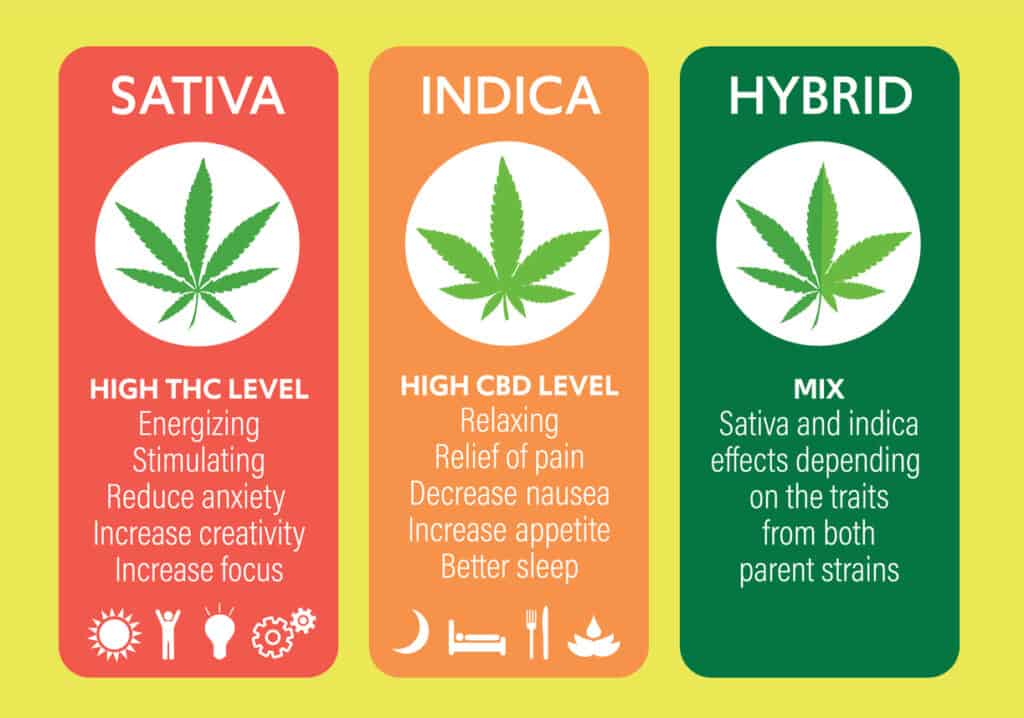
The legalization of cannabis in many parts of the world has sparked new conversations about its various uses, strains, and effects. A common question often asked by both seasoned and novice cannabis users is whether Indica strains act as an “upper” or a “downer.”
What Is Indica?
Indica is one of the primary types of cannabis plants, originating mainly from the Hindu Kush region near Afghanistan. These plants are generally shorter and have broader leaves compared to Sativa plants. Indica strains are known for their potent effects on the body, often described as “body highs.”
The Downer: Effects of Indica
Indica strains are typically considered “downers” in the world of cannabis. This means that they are more likely to produce relaxing and sedating effects. Common effects associated with Indica strains include:
- Physical relaxation
- Decreased nausea
- Increased appetite
- Pain relief
- Calmness and tranquility
These effects make Indica strains a popular choice for evening use or as an aid for those struggling with insomnia, pain, and stress. They are not usually recommended for activities that require alertness or high energy levels.
Indica vs. Sativa: The Contrast
To better understand why Indica is considered a downer, it's helpful to compare it with Sativa strains. Sativa strains are known for their uplifting and energizing effects.
Users often report feeling more alert, creative, and mentally focused after consuming Sativa strains. In that sense, Sativa is generally considered an “upper.”
The Complications: Hybrids and Individual Variation
While the general effects of Indica and Sativa strains are widely accepted, it's essential to note that not all strains behave the same way for every individual.
Additionally, hybrid strains that combine characteristics of both Indica and Sativa can produce a range of effects.
Personal tolerance, metabolism, and even one's current emotional state can influence how any given cannabis strain might affect them. Therefore, it's always recommended to start with a small dosage and take note of how it affects you personally.
A Note on Medical Use
The downer effects of Indica strains have led to their popular use in medical applications. Indica strains are often recommended for treating symptoms like chronic pain, anxiety, and sleep disorders.
However, it is crucial to consult a healthcare provider for a proper diagnosis and treatment plan if you're considering using cannabis for medical reasons.
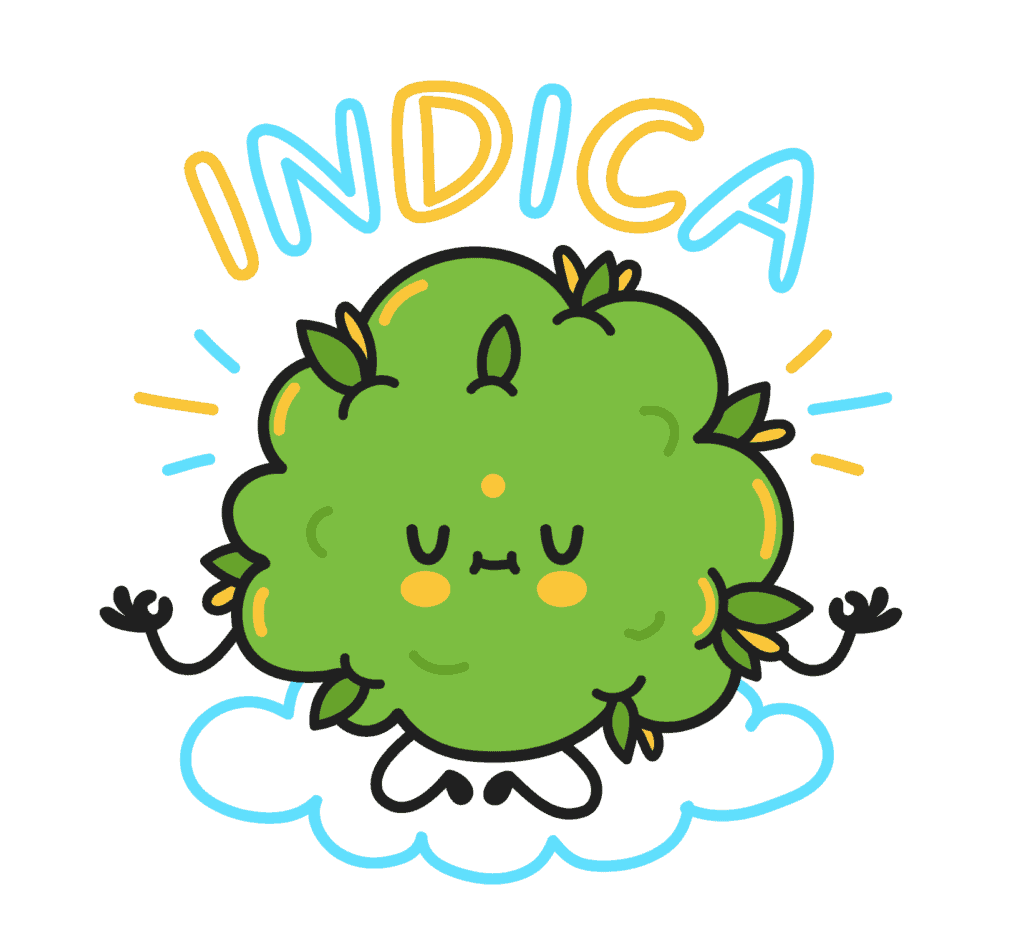
Best Indica Strains
If you’re looking for the strongest indica strains, the best indica strain for sleep, pure indica strains, stimulating indicas,and other indica-dominant hybrid strains, you’ve come to the right place.
Keep in mind, indicas vary in effects based on a variety of genetic and environmental factors. Try out different strains in low doses to gauge the effects on your body. Start with a low dose and gradually build up the dosage until you’ve reached your desired effect.
Here, you’ll find a brief list of some of the best indicas with downer and upper properties.
“
There are over 300,000 jobs in the cannabis industry. CTU trained me for one of them!

Makes $24.50 @ THC +
Indica Downers
- Purple Punch
- Granddaddy Purple
- Northern Lights
- Do-Si-Dos
- Bubba Kush
- Mendo Breath
- 9 Pound Hammer
- Grape Ape
- Purple Kush
- God’s Gift
- Blueberry
- Pink Kush
- Ice Cream Cake
- Zkittlez
- Platinum OG
- King Louis
- Cookies Kush
- Kosher Kush
- Purple Urkle
- Critical Kush
Indica Uppers
- Jesus OG
- Berry White
- Sweet Tooth
- Willy’s Wonder
- White OG
- True OG
- Black Jack
- Aliens On Moonshine
- Queen Mother Goji
- Goldberry
- Garanimals
- Skydog
- CBD Shark
- Shark Attack
- Satellite OG
- Marathon OG
- Watermelon Zkittlez
- Neptune OG
- Somango
- Remedy
Most indica and indica-dominant strains will lean toward the relaxing and sleepy effects, especially if you consume indica strains in large doses.
Do your research into specific strains to find out which ones elicit the effects you want. Don’t forget to look up individual terpenes’ effects, too. Finding the right set of strains can make your experiences that much better.
Conclusion on Is Indica an Upper or a Downer
Indica strains are predominantly considered “downers,” producing effects that are relaxing and sedative in nature. These strains are often contrasted with Sativa strains, which are known for their uplifting and energizing effects. However, the line between the two can blur due to hybrid strains and individual variations in experience.
As with any substance that can alter perception and behavior, it's crucial to approach cannabis use responsibly. Always consult with a healthcare provider for personalized medical advice and start with small dosages to understand how specific strains affect you.
By having a clear understanding of the nature and effects of Indica strains, users can make more informed choices, aligning their cannabis consumption with their needs and lifestyle.
Is Indica An Upper Or Downer FAQ's
Become a Master of Marijuana
Are you interested in learning more about the science of cannabis? Do you want to go in-depth to learn the differences between sativa, indica, and hybrid strains? Do you want to make the most of your cannabis experience?
If so, enrolling in CTU’s online cannabis college can teach you how to safely and effectively use cannabis as medicine for a variety of qualifying conditions while minimizing the risk of experiencing side effects.
In addition, you'll learn how to grow your own weed, make cannabis extracts, cook with cannabis, and so much more.
Whether you’re a complete cannabis beginner or a seasoned user looking to fill in some knowledge gaps, becoming a Master of Marijuana is possible with cannabis certifications from CTU.

Fred Hernandez
Fred Hernandez is a highly accomplished and versatile writer, boasting an extensive background in the cannabis industry. With an in-depth understanding of various sectors including cultivators, processors, retailers, and brands, Fred's expertise spans across the entire cannabis landscape. As a prominent contributor to CTU, he consistently delivers insightful articles exploring the latest developments, news, and regulations shaping the cannabis industry. Whether it's delving into the intricacies of cannabis products, cannabis strain reviews, or providing comprehensive analyses of cannabis laws, or sharing expert insights on cannabis cultivation techniques, Fred's wealth of knowledge positions him as an invaluable writer and educator for all cannabis-related subjects.


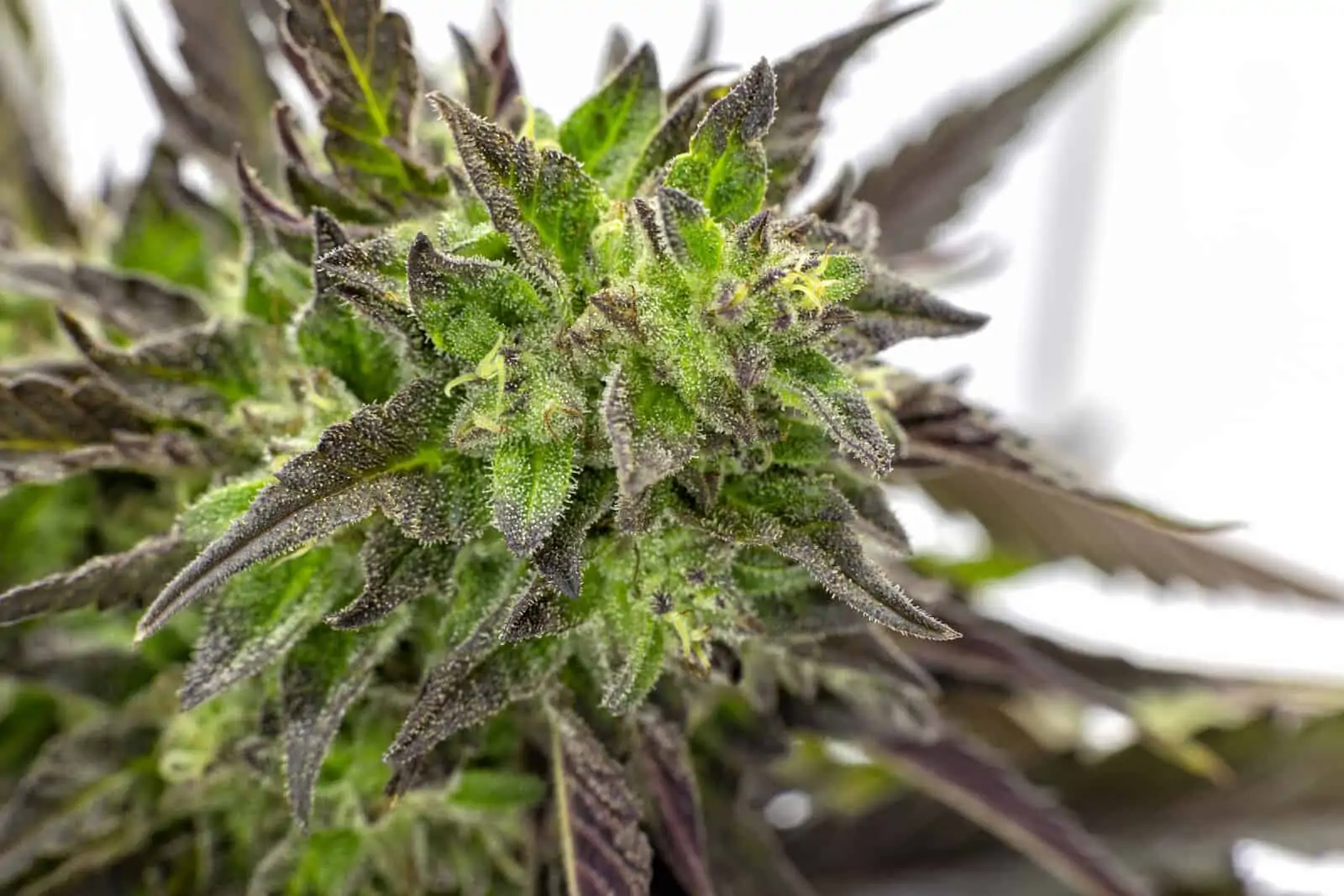
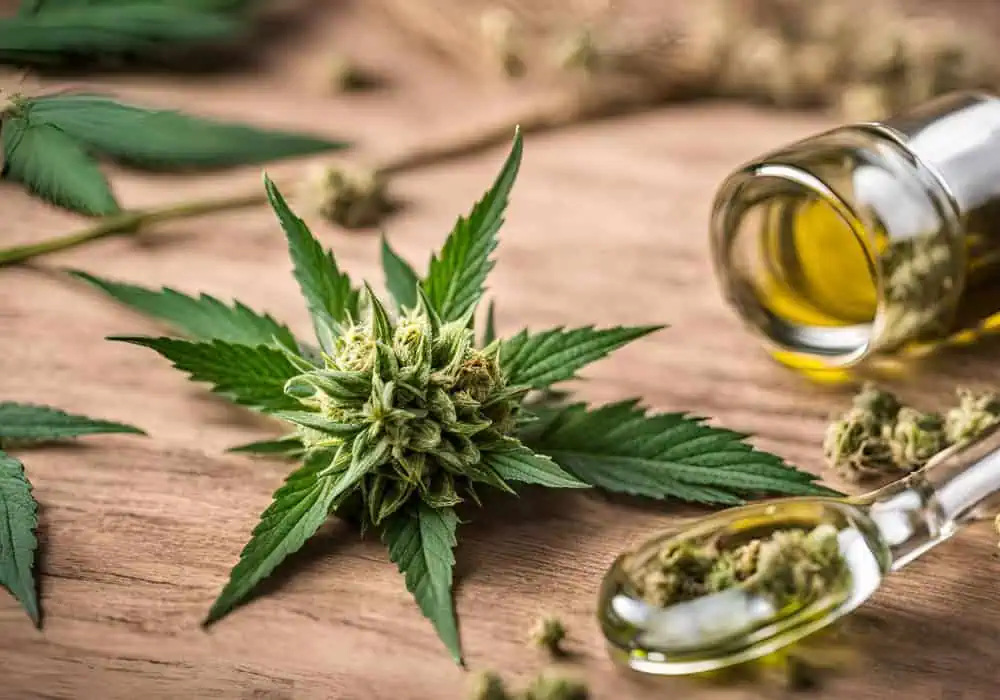


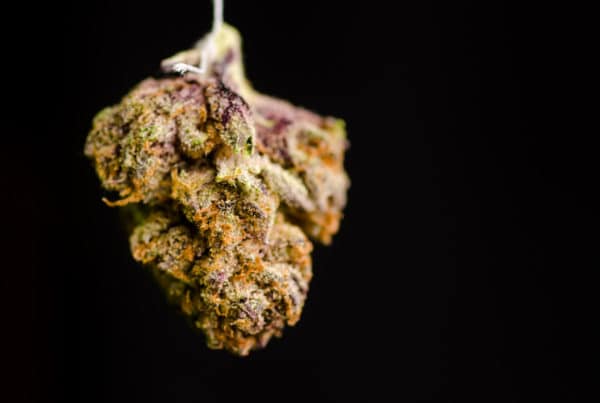
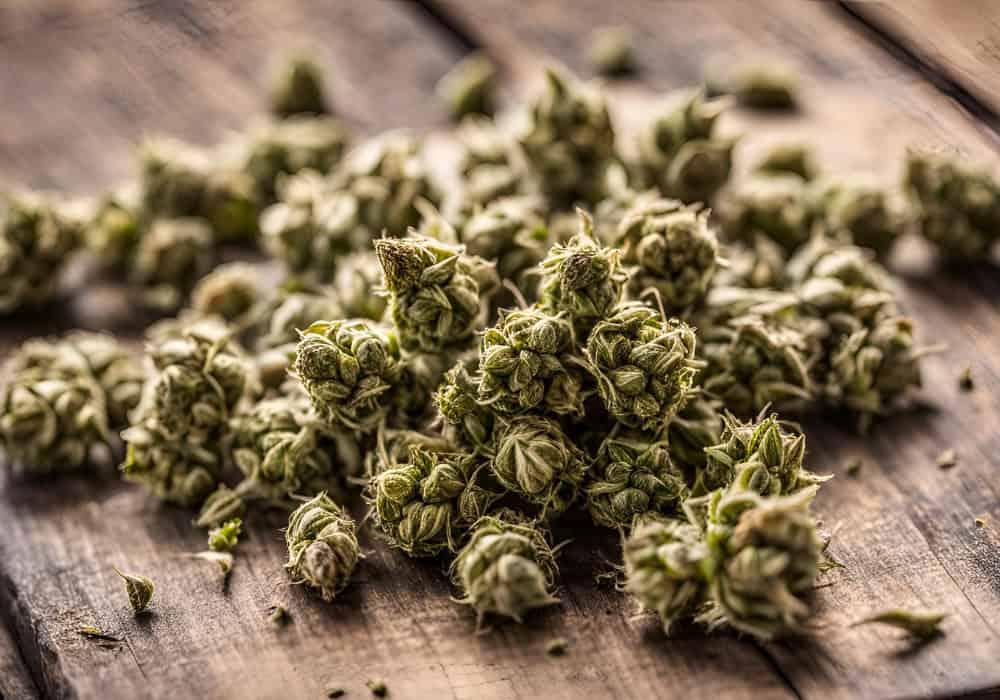
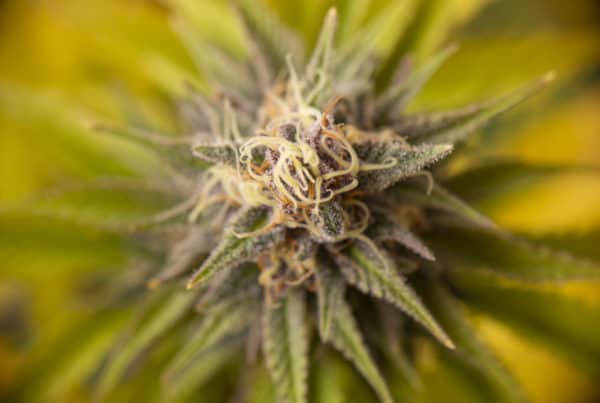
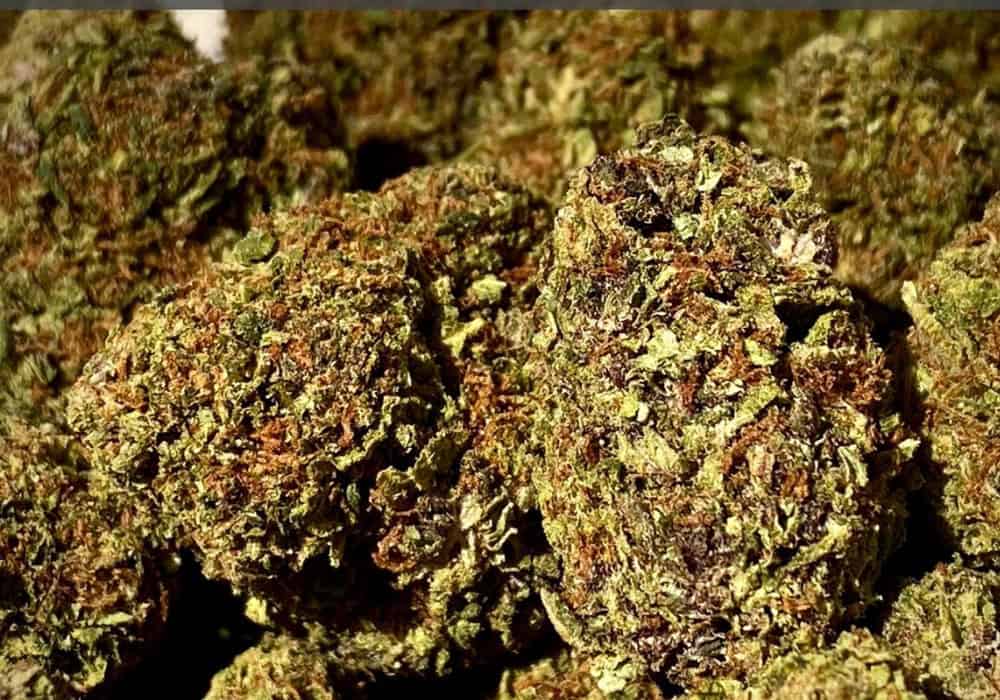
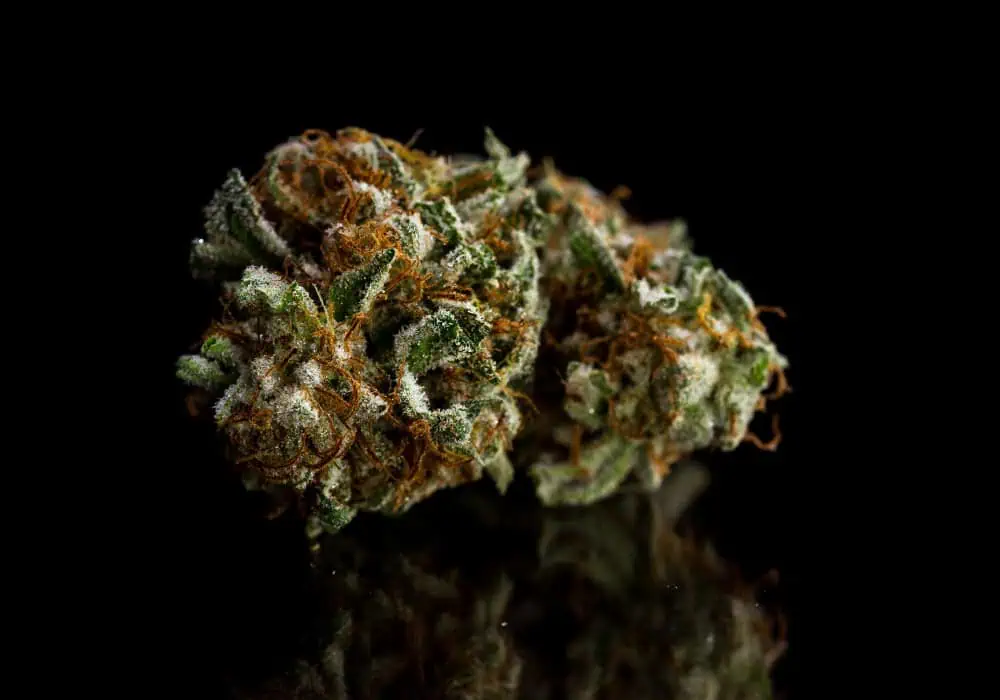

 Jeff was involved in an accident where he endured a traumatic brain injury. He had a week-long stay in ICU where brain surgeons
Jeff was involved in an accident where he endured a traumatic brain injury. He had a week-long stay in ICU where brain surgeons  100% risk free money back guarantee within 48 hours after purchase if student has not completed any of the courses or exams.
100% risk free money back guarantee within 48 hours after purchase if student has not completed any of the courses or exams.